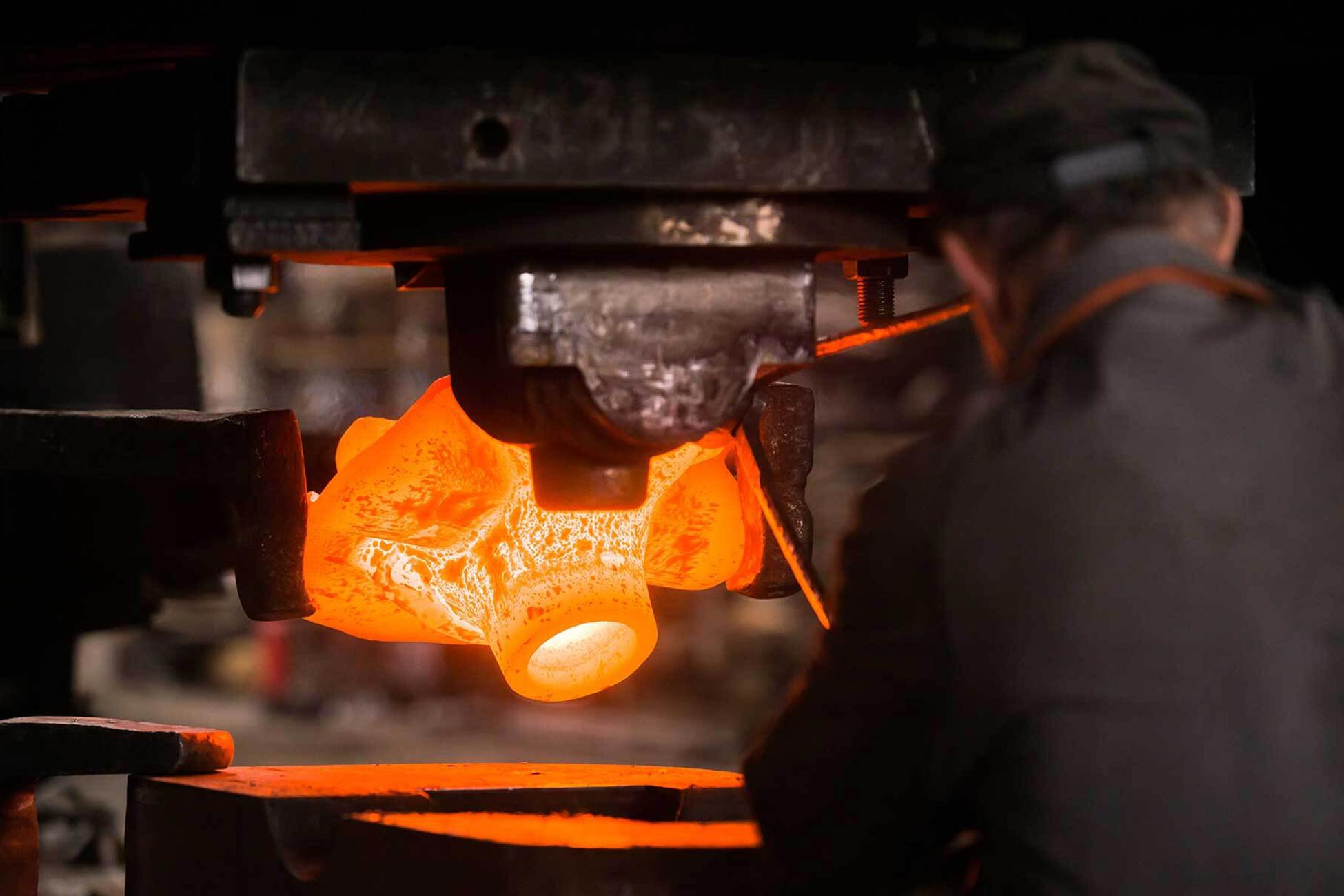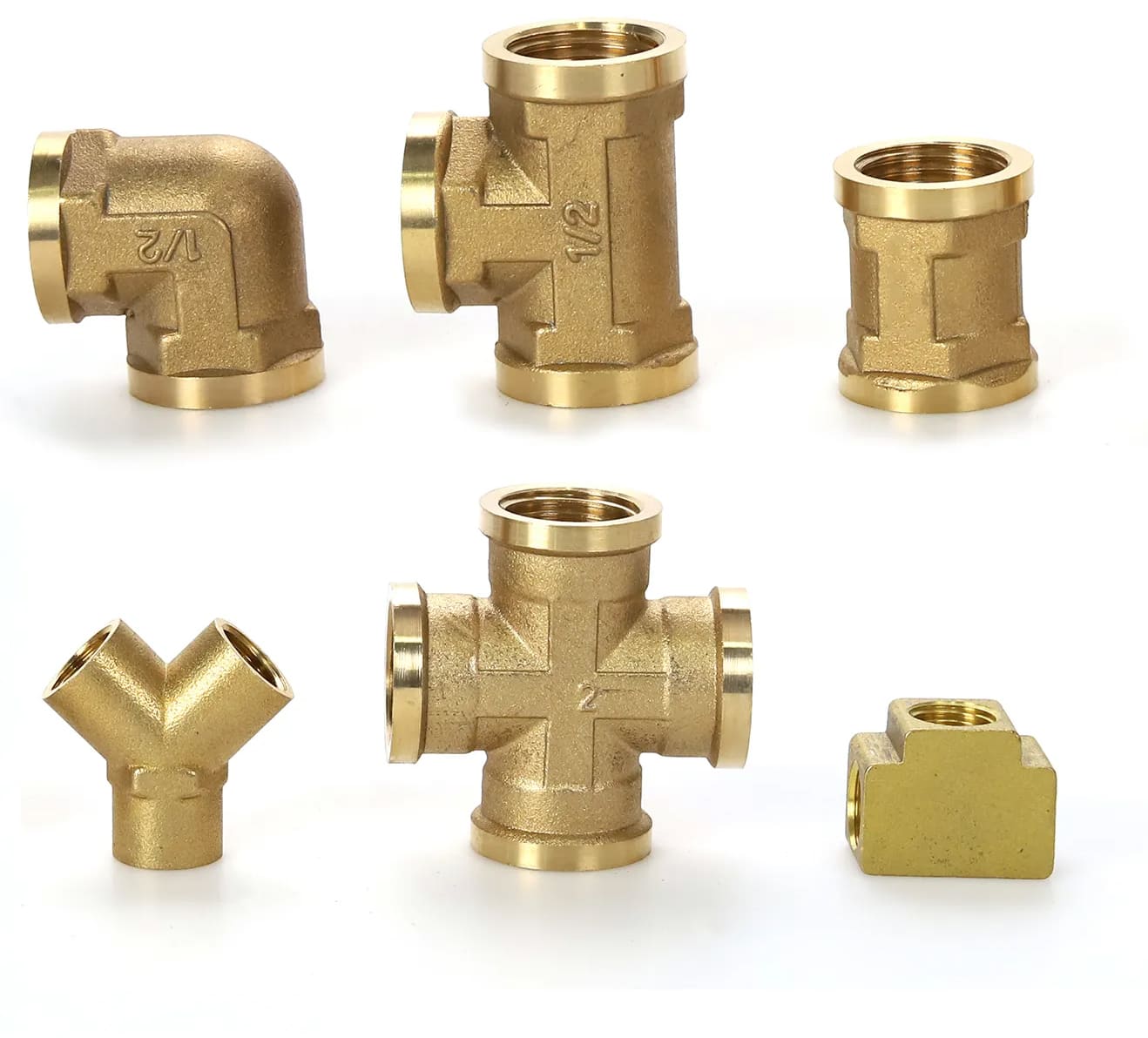The pounding action of forging defaces and shapes the metal, which results in unbroken grain flow. This causes the metal to prevent its strength. aider effects of this unique grain flow include the elimination of defects, porosity, and inclusions in the product. Another advantage of forging is the relatively less costs associated with moderate and long production runs. Once the forging tools have been formed, components can be manufactured at relatively high speeds with a minimal outage. There are two major types of forging: hot and cold.
Types of Forging Processes
Hot Forging
Hot forging needs the metal to be heated above its recrystallization temperature. This can mean heating metals up to 2,300 degrees Fahrenheit. The main advantage of hot forging is the decrease in energy required to form the metal properly. This is because excessive heat decreases yield strength and improves ductility. Hot forged products also advantage from the elimination of chemical inconsistencies.
Cold Forging
Cold forging typically adverts to forging a metal at room temperature, though any temperature below recrystallization is possible. Many metals, such as steel high in carbon, are simply too tough for cold forging. Despite this barrier, cold forging does edge out its warmer equivalent when it comes to standards of product uniformity, dimensional control, surface finish, and contamination. Cold forging encompasses numerous forging techniques including coining, cold heading, bending, extruding, and cold drawing. However, this increased versatility comes at a cost, because cold forging requires more powerful equipment and may call for the use of intermediate anneals.




